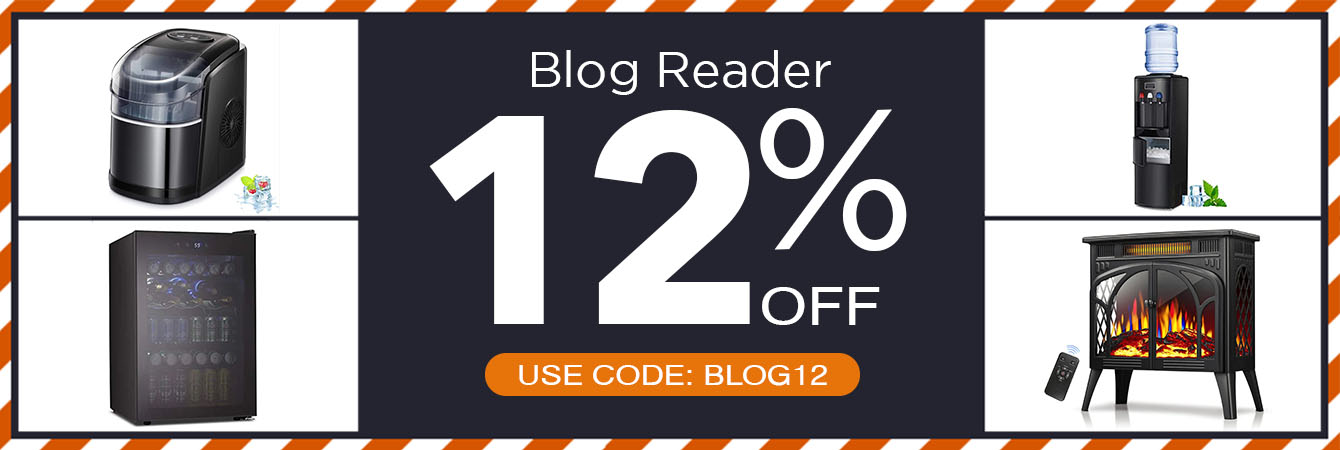A Comprehensive Guide to Commercial Ice Machine Installation
If you’re a restaurant or commercial food business, then one of the things you need in your kitchen is a reliable ice machine. But, to use it, you need to know how to install it in the first place. It must be installed by ice dispenser repair and installation services. However, if you’re interested to know what to consider and know before and during the installation, follow below.

A few things you need to know
Before we begin, let’s review the basics of industrial ice manufacturers. An industrial ice maker is a machine that produces ice cubes, nuggets, or flakes for commercial usage. It generally has a higher ice manufacturing rate and larger ice storage capacity than a home ice maker.
1. Choose the right location for your commercial ice maker
Select a place that has enough room for the ice maker, enables effortless accessibility for upkeep as well as cleaning, and also is near water and a drain system. The location must also have adequate ventilation to prevent the ice manufacturer from overheating.
Hire the right personnel
Depending on the size of the commercial ice maker, there is a good chance you might need some professional help. It is not a bad idea to consult a machine moving expert to prevent yourself from getting too far into the job without being sufficiently prepared.
2. Ensure Proper Water Supply and Filtration
A reliable source of clean and fresh water is vital for your commercial ice machine. Ensure that the water supply meets the manufacturer's specifications, including water pressure and temperature requirements. Additionally, installing a proper water filtration system is crucial to remove impurities and prevent scale buildup, ensuring the longevity of your ice machine.
How to install it
1. Water Supply Connection
This step might make you feel like a plumber, but fear not. Connecting your ice machine to the water supply is simple and easy if you follow the instructions closely. You’ll need some specific tools, which include tubing cutters and compression fittings. Ensure there are no leaks by double-checking every connection because water damage is no joke.

2. Ice Machine Drain Set Up
Remember, your new ice maker won’t be so great if it turns your kitchen into an indoor pool area because of improper drainage setup. Gravity drains require careful placement since they rely on gravity to remove water. If you place them too high, they will end up creating a flood situation in your kitchen. Thus, it is always better to ask for professional help when setting up your ice maker’s drainage.

3. Making Electric Connections
You’re almost there. Making electric connections might sound intimidating, but connecting your ice machine is as easy as plugging in any other appliance. You just have to ensure you have an outlet nearby that meets the voltage requirements listed in the manual. Also, make sure this circuit isn’t overloaded because you wouldn’t want any trips during peak hours.
4. Leveling
The last checks before switching your ice maker on include making sure everything’s perfectly horizontal using that handy spirit level again. This ensures smooth operation, prevents mechanical issues, and guarantees uniform-sized ice cubes.
5. Final Checks and Testing
All set up? Before hosting the first big event or enjoying a quiet night at home, clean your machine and do a run-through of a few cycles according to the manufacturer’s instructions to ensure everything is functioning correctly. Pay attention to how long it takes to produce a batch of ice cubes. These last-minute checks will give you peace of mind when it is time to use the ice maker.
Installing a commercial ice manufacturer can be a complex procedure, yet complying with these actions. You can ensure that your device is set up appropriately and securely. Keep in mind to always adhere to the manufacturer’s guidelines as well as inspect local building regulations and also regulations before mounting your Commercial Ice Maker installation.




















